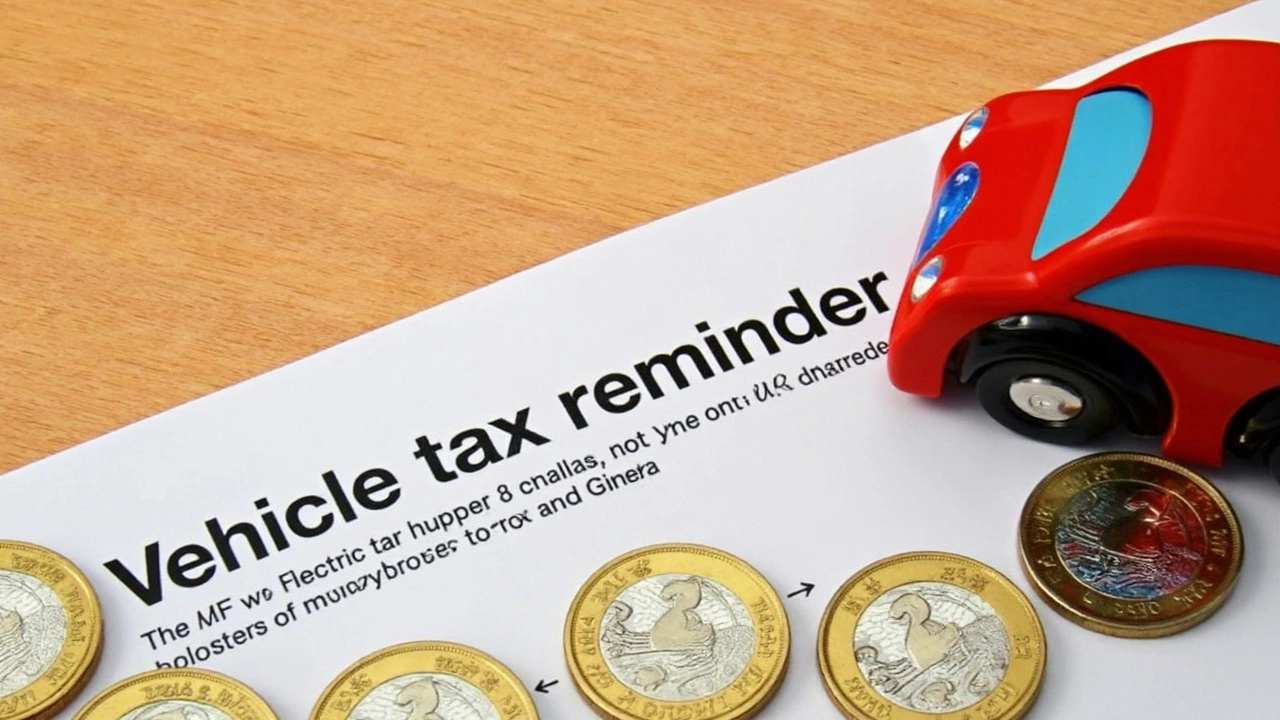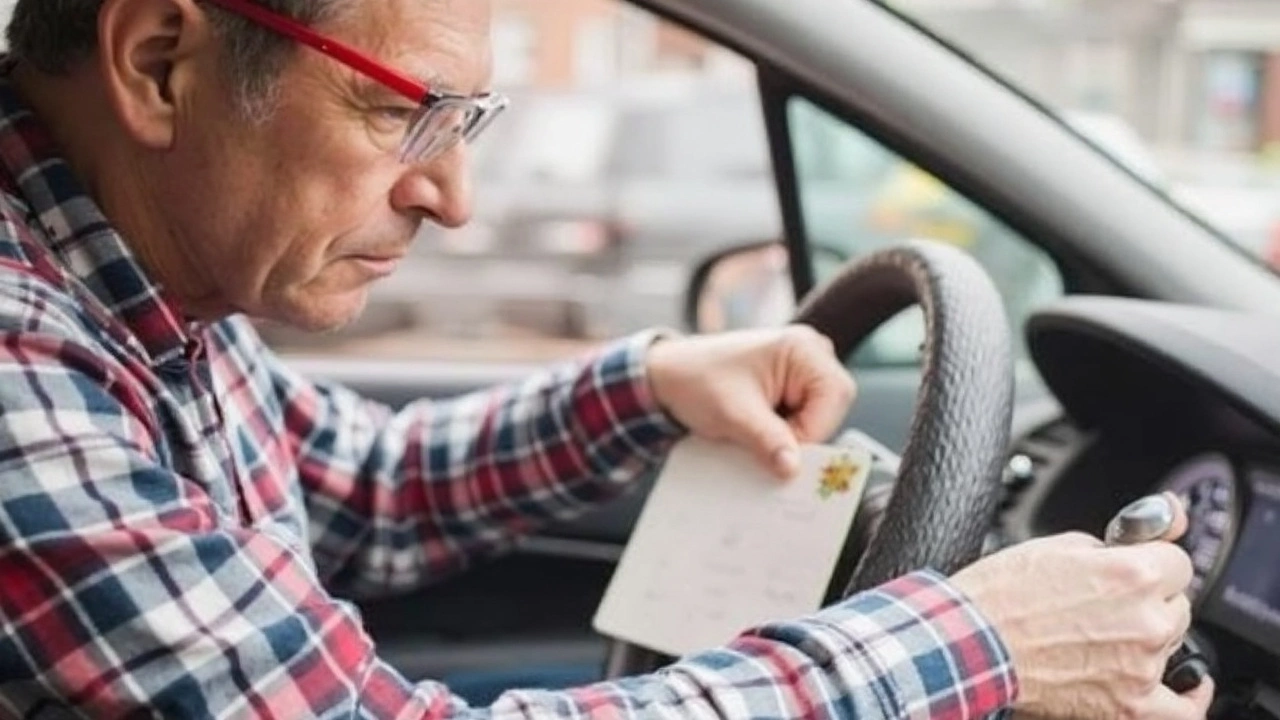How Labour's 2025 Car Tax Overhaul Hits Different Drivers
Car owners are about to feel a new squeeze on their wallets, but not everyone is on the hook. Older drivers, especially those collecting disability benefits or driving classic cars, could be the unlikely winners in Labour’s big car tax shake-up for 2025. The government wants to push people towards greener vehicles, but they’re leaving some big loopholes for the most vulnerable—and for car lovers with a taste for retro wheels.
So, what's actually changing? Starting April 2025, the annual Vehicle Excise Duty (VED) rates are rising in line with inflation, and there’s an even bigger bump looming for new high-emission petrol and diesel cars. Anyone thinking of picking up a shiny new gas-guzzler will want to keep an eye on those numbers. For the most polluting models—over 255g/km of CO2—drivers will face a first-year tax bill as high as £5,490. That’s almost the price of a small used car, gone in tax before you’ve even put miles on the clock.
There’s also a not-so-gentle nudge towards electric vehicles. Zero-emission cars will cost just £10 in their first year, and even so-called low-emission cars (between 1 and 75g/km CO2) get a lighter touch with first-year rates in the £110 to £130 range. It’s a clear sign Labour wants drivers to ditch petrol and diesel for battery power.

Exemptions: Who Misses the Taxman’s Hammer?
It sounds bleak—unless you fit into one of the government’s carefully drawn safe zones. The most important carve-out is for drivers on disability-related benefits. If you’re on the higher or enhanced mobility rates of DLA, PIP, or ADP (along with a list of other qualifying payments), you can claim total exemption: no car tax whatsoever. For some, that’s a saving of hundreds, even thousands, every year. It’s a big deal, especially as the cost of living keeps rising.
Another group dodging the new rules? Classic car enthusiasts whose vehicles were built before January 1985. From April 2025, these old-timers become tax-exempt—just so long as they’re not used for commercial work. Whether you keep a vintage Land Rover or a classic Mercedes in the garage, you’ll avoid these new charges. If you’ve kept that old car ticking since the eighties (or you fancy buying one now), it might just become your cheapest ride.
But there’s a sting in the tail for everyone else. Owners of regular petrol and diesel cars made between 2001 and 2017 could see their bills jump, too. Most aren’t eligible for any exemptions, and the rising VED rates mean what was once a routine payment could now eat a bigger chunk out of your budget. For many older drivers, especially those not on benefits, it’s a worrying prospect.
For families thinking about upgrading to a newer car, the numbers make electric far more appealing—once you get past the upfront sticker shock. With massive tax hikes for anything with a traditional engine, buyers will do the math and might find an EV finally makes sense, at least for their annual bills. Still, those higher initial prices and patchy charging networks will keep plenty of used petrol and diesel models on the road.
Labour’s reforms aim straight at boosting electric vehicle adoption. But compared to the hammer-blow facing some motorists, those collecting disability-related benefits or clinging to their retro rides could be the big winners—dodging bills that will sting their neighbours. If you’re not eligible for exemptions, brace for higher costs. If you are, you might just keep a hefty chunk of change in your pocket while everyone else forks out more at tax time.







Write a comment